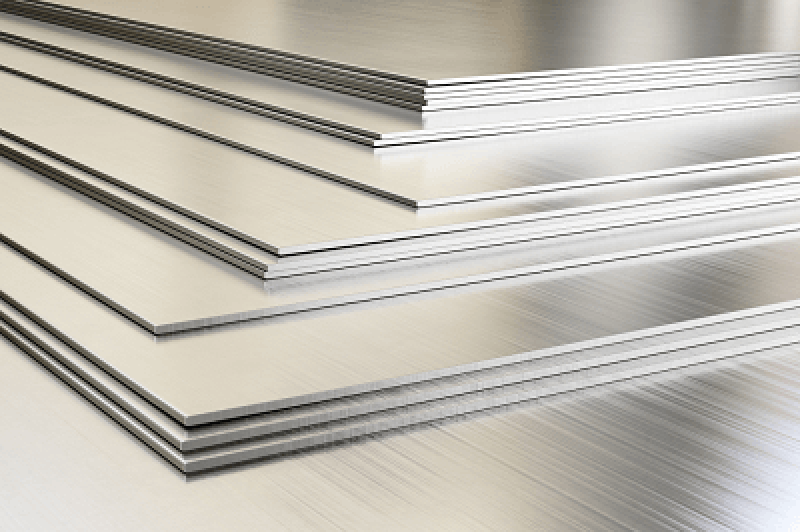History of the discovery of stainless steels
When iron combines with oxygen in the air, red iron oxide (which is iron rust) is produced. There is also a type of steel that does not rust.
Stainless steel sheet – 304 steel sheet – 316 steel sheet
The English metallurgist Harry Brearley was the first to discover the alloy.

In fact, it was in the years before World War I that gun production increased dramatically, and Breirley began testing for an alloy of steel that had a higher resistance to corrosion due to high temperatures in weapons. To achieve the desired alloy.
He first began to increase the amount of chromium in steel and compared it to standard carbon steels. The man left all the metals in his lab warehouse after a series of tests and no results were obtained, and left in despair.
After months, he suddenly realized that there was a metal among these metals that, despite the rusting of all the metals, did not rust or oxidize.
After careful testing, Breirley found that the piece was an alloy of steel with 14% chromium. Today, it is known as “stainless steel” or “steel”.
Stainless steel sheet or stainless steel sheet
Steel sheets are a cross-section made of stainless steel materials that are widely used in most of our lives, from spoons, forks and kitchen utensils to large chemical and pharmaceutical industries.
304 steel is one of the most widely used and cost-effective stainless steel.
304 stainless steel sheet has good resistance against corrosion, rust and many chemicals, and also has high application and resistance in industrial and marine environments.
1.4301 stainless steel sheet with another name 304 is a so-called non-steel. (Does not have magnetic properties)
304 stainless steel typically contains 18% chromium and 8% nickel.
Steel 316 or 1.4401, in addition to being stainless, also has anti-acid properties.
L 316 sheet and 316Ti steel are similar to 316 stainless steel sheets and some of their properties change with a slight change in the amount of alloying elements (such as chromium, nickel and molybdenum).
316 stainless steel sheet contains 2 to 3% molybdenum.
Chemical composition of 304 steel
Chemical composition of 316 steel rebar
applications
Sheet 1.4021, also known as 420, has magnetic properties and is used in parts of pumps, turbines and similar items.
304 steel sheet is widely used in food, medical and laboratory industries.
Steel 316 – Steel 304 – Stainless steel sheet
Stainless steel sheet
316 or 1.4401 stainless steel sheet is most used in the manufacture of petrochemical equipment and acid tanks due to its anti-acid properties.
One of the best and easiest ways to distinguish steel sheet from non-steel sheet is to have a magnet that prevents any mistakes in the sale of steel.
Stainless steel is another group of alloys that we introduce separately, the presence of an element called chromium in the compounds that make steel leads to the production of this new alloy with unique properties.
Steel sheets are available in rolls, sheets and cut.

